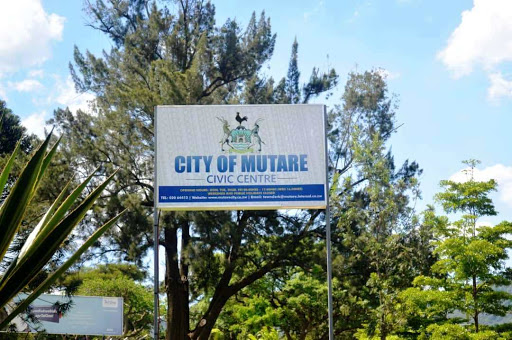MUTARE-The history of the establishment of the beautiful city of Mutare
traces back to the first settlement at Fort Hill which was later abandoned for
bigger and spacious land in Old Mutare, then called Umtali.
After seven years, in 1897, Old Mutare was again abandoned in favour of the
present site of Mutare.
The construction of a railway line between Beira and Bulawayo led to the shift
as it proved costly to construct the line past the mountain all the way up to Old
Mutare.
Old Mutare possessed among other structures the following core colonial and
civic structure, a hospital, post office, bakery, butchery, church, four hotels, two
banks, a Meikles Brothers shop, a library and a cemetery by 1895.
The number of buildings swelled over the years and in 1897 there were at least
25 permanent buildings.
On March 26, 1896, an agreement was signed between the property owners at
Old Umtali and Cecil Rhodes representing the British South Africa Company
(BSAC) to move the township to a suitable site along the surveyed line.
Property owners at the old site were compensated with fifty thousand pounds
each by the BSAC which then became the owner of the old site and the
remaining buildings. The BSAC also committed itself that an exactly similar
plan as the existing township of Old Mutare be laid down on the site for the new
township when selected, so that all the present owners of stands in Old Mutare
will have an exactly corresponding commonage and water be available for the
new township.
In addition, as part of the agreement the BSAC was to erect suitable government
buildings and hospital in the new township.
The resettlement then led to the construction of Kopje House, the house, still in
its original architectural form to date, is a historical building built in 1897 and
famously known as the first hospital in Mutare.
As the city grew and expanded over the years, the small hospital was yet
abandoned for bigger and spacious land to cater for the growing population.
As the population grew and industry expanded through the access to railway
and a tramway that fed into the city centre, more buildings were constructed and
new schools were set up for the children.
Close to Kopje house, stands one of the oldest schools in the city, Mutare Girls
High School.
The first school, with 12 children, opened at Old Mutare with Miss Zillah Miles,
in 1896. In 1897, the school began to move to the present site with 27 pupils.
In 1903 the boarding school was established with 61 pupils.
With the school offering boarding facilities, Kopje house was then transformed
into a temporary boarding facility to cater for the growing number of boarders
at the school.
After being abandoned once again, the building was declared a Monument in
the late 1970s and thereafter became a Culture House under the custody of the
National Museums and Monuments.
In 1999, the National Gallery of Zimbabwe in Mutare was opened at Kopje
House transforming the historical monument into a bright and cheerful shop.
To date, the National Gallery of Zimbabwe, Mutare has five members of staff
under the leadership of the regional director, Elizabeth Muusha and the Gallery
runs an annual exhibitions programme choosing to show a selection of work
from the Harare gallery, while offering local artists the much needed
opportunity to demonstrate their talent and display their work.



